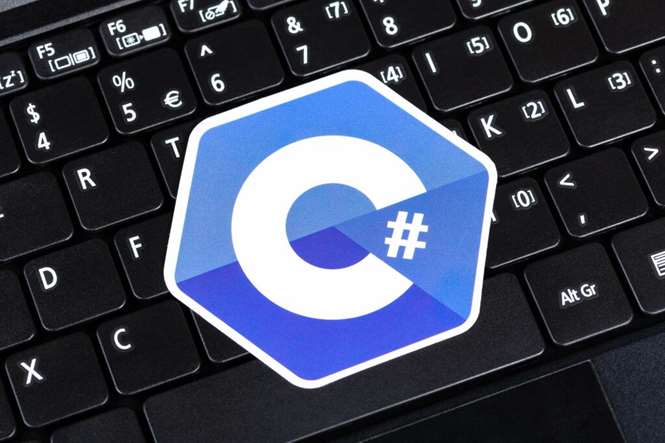All three work with both Android and iOS apps, leave some room for small customization (for example, you may change colours or make sure they match platform’s guidelines). So which one you decide to choose is just a matter of your own taste and preferences. Navigation is a common part for any application whether it’s an app for making calculations react native development in the building industry or a dating app for cats. React Navigation isn’t the only solution to the navigation issue for RN, but we will consider it as the most popular and easiest one to start. IntelliJ IDEA Ultimate comes with all the features of WebStorm, such as built-in support for JavaScript and other related technologies.
Ignite CLI has been used in a wide range of projects and it’s a great choice for developers who want to quickly get started on a new React Native project. One of the best things about React Navigation is that it is highly customizable. Developers can use the library to create navigation structures that match the design of their app and easily adapt the navigation to changes in the app’s design. Additionally, the tool allows for debugging of the Redux store, which is useful for apps that use a lot of state management.

It was developed by Microsoft (as well as Typescript) and fits perfectly for this purpose. This is a free open-source toolchain for delivering Android and iOS applications that creates its own ecosystem for delivering React Native applications. Monitoring your app’s performance is crucial for delivering a smooth user experience. Tools like the React Native Performance monitor can help identify and resolve performance bottlenecks.
jsxconst header = React.createElement(
It was developed by Expo and was introduced very recently in May last year. It offers a number of features such as documentation, a Slack community and community forums. If you had your application running prior to opening React DevTools, you may need to open developer menu to connect them. If you’re using another shell, you will need to edit the appropriate shell-specific config file. React Native currently recommends version 11 of the Java SE Development Kit (JDK). You may download and install OpenJDK from AdoptOpenJDK or your system packager.
If you have a physical Android device, you can use it for development in place of an AVD by plugging it in to your computer using a USB cable and following the instructions here. You will need an Android device to run your React Native Android app. This can be either a physical Android device, or more commonly, you can use an Android Virtual Device which allows you to emulate an Android device on your computer. You can also start a project with a custom React Native template with the –template argument. To do that, open Android Studio, click on “More Actions” button and select “SDK Manager”. If you have already installed JDK on your system, we recommend JDK 11.
Suggested by the community of developers, Redux offers live code editing with a time-traveling debugger. In addition, Applications can be developed and run in different front-end and native platforms. It is hard to believe, but the file size is only 2KB and is compatible with React.js and other view libraries. React Native is a one-size-fits-all framework solution since the developers only need to create one application that serves all platforms. React is a user-friendly interface custom with various native frameworks based on Facebook’s JavaScript library. It uses a JavaScript framework, enhancing efficiency and reliability because it is easy to switch between projects.
- The services include an in-built package manager, cross platform editing, multiple file navigation via a single window, bespoke designs, and themes.
- With Nuclide Editor-Atom, you can modify React App features and analyze elements in real time.
- One of the critical reasons for React Native’s increasing popularity is that it permits development for both iOS and Android.
- Installing Xcode will also install the iOS Simulator and all the necessary tools to build your iOS app.
At Lavorg, we’ve made the process of finding the perfect developer for your project a breeze. With a vast pool of over 1250 pre-vetted tech talents who are highly proficient in more than 75 different areas, Lavorg is your go-to platform for tech hiring. Expo is suitable for prototyping and building smaller applications. For production-grade apps, you may want to eject from Expo to have more control over the project. Reactotron is another handy debugging tool that offers a range of features, including state inspection, API request tracking, and custom commands. It’s a great choice for monitoring and debugging your React Native app.
Step 2: Start your application
You can use the article below to find out what it is and how you can use it. Remember, experimenting with new tools and techniques is a great way to learn and improve your skills as a developer. So, give them a try and see the benefits they can bring to your mobile app development process. Moreover, it allows you to pick several open source packages for adding more features and functionality.
It’s essential for maintaining codebase integrity and consistency over time. The content that appears in the NPM Scripts section depends on the scripts in your package.json file. You can use this section to run your React Native project with a click of a button. The sidebar can be moved left or right and made hidden or visible. The
LEARN REACT
command-line interface

brings many of the tools together to perform common tasks, like bundling and
dependency management. The CLI helps developers get things done from their
terminal, and fits nicely into CI loops and package script blocks.

You can enable a performance overlay to help you debug performance problems by selecting “Perf Monitor” in the Dev Menu. You can use Safari to debug the iOS version of your app without having to enable “Debug JS Remotely”. If you run into any issues, it may be possible that one of your Chrome extensions is interacting in unexpected ways with the debugger. Try disabling all of your extensions and re-enabling them one-by-one until you find the problematic extension.
